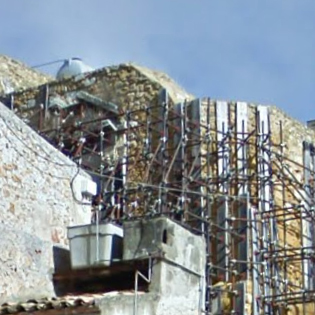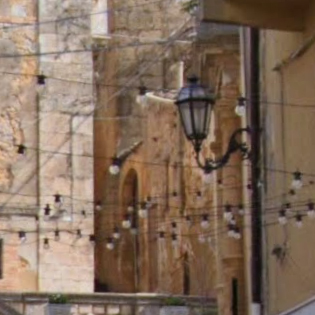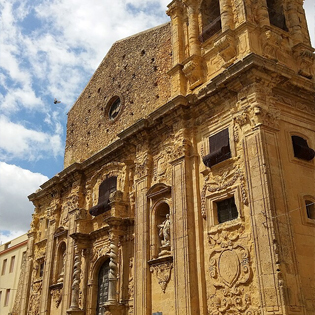Naro Cathedral

Davide Mauro - CC4.0
The Cathedral of Naro is a former place of worship, now deconsecrated, dating back to the Norman era. It is a site of considerable artistic value and was declared a national monument in 1867.
The building stands at the top of a long staircase that leads directly from Via Dante, the ancient main street of the city, to the top of the hill from which dominates the city.
It was built in 1089 at the behest of Ruggero D'Altavilla on the site where an Arab mosque stood, and was named after Maria Santissima Assunta degli Angeli. It was elevated to the Mother Church in 1174 at the behest of Gualtiero Offmill, Archbishop of Palermo, and obtained the title of Cathedral in the 14th century at the behest of King Martin the Younger.
The façade presents the very valuable entrance portal in Chiaramonte style with a characteristic pointed arch resting on a group of fourteen small columns, richly modulated and decorated with zig-zags and palmettes.
The interior, with a single nave, has a Latin cross layout with the dome located at the intersection of the nave with the transept. There are an order of columns against the walls of the nave. The interior was renovated in the Baroque age and today only a few remains of the original Corinthian style ornamentation remain in the cornice, columns and capitals.
The vault that covered the church has now collapsed and was richly frescoed with works by Domenico Provenzani. Inside were preserved: a 15th century fresco depicting the Holy Mary of the Assumption with the twelve apostles, now kept in the municipal library; a statue depicting the Madonna della Catena, once the patron saint of the city, by Gagini, now kept in the Mother Church.


